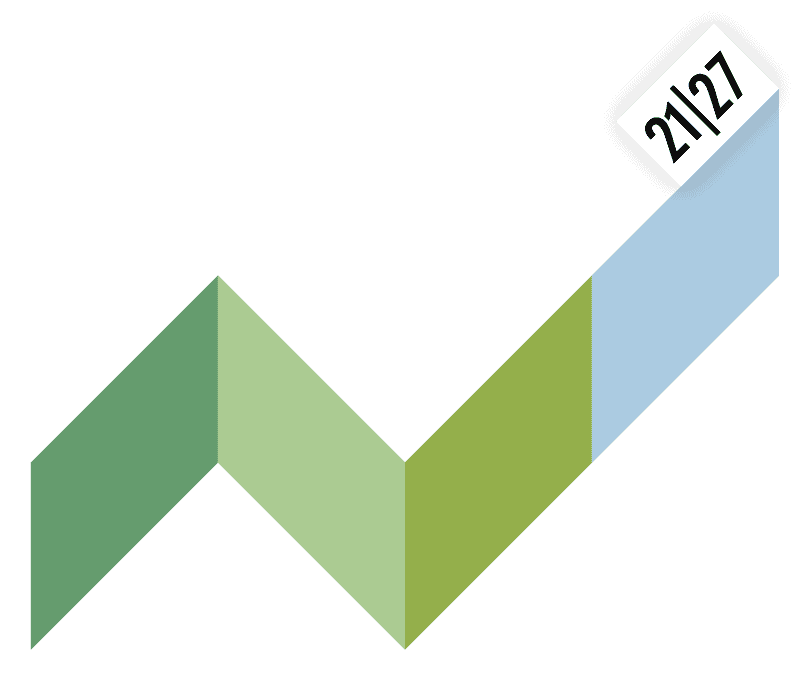26 September – World Environmental Health Day
The health of people and other living organisms is directly linked to the condition of our environment. Advances in our understanding of physical, chemical, biological, and cultural aspects of the environment reveal the impact of human activity. With today’s advanced knowledge and improved tools for measurement, we are better equipped to detect early signs of potential environmental degradation. We can identify issues before they become visible or harmful, allowing us to address problems more effectively.
The Alpine lakes are thus also facing increasing challenges from human activities, especially tourism and nutrient overloading. Climate changes are only exacerbating the situation. Too many nutrients in the lakes lead to frequent blooms of cyanobacteria and algae, making the water cloudy, potentially toxic, and therefore not usefull for drinking, recreation and industrial use. Although we often forget that humans coexist with many other living organisms, we should also mention the impact of our actions on them. For example covering the water surface with algae and cyanobacteria blocks light, and the decay of dead cyanobacteria consumes oxygen, which affects presence of other species living in the aquatic ecosystem.
Freshwater management encompasses a wide range of activities that ensure the sustainable use of these water resources. The aim we set out to achieve when designing the DiMark (short for Digital Markers) project is to mitigate the impact of climate change on lakes and prevent natural risks by improving current management practices. And how can these be improved? By using more »science-policy« dialogue about needed aspects of innovative approaches. In our case, this is linking of satellite digital data to traditional freshwater markers and developing tool & model to help. This novel approach will be tested and validated to deepen our understanding and to empower sustainable water management.
To put the icing on the cake, during the lifetime of the project activities, we will set up a transnational network composed of lake managers, decision-makers, practitioners and academia experts to find solutions and improve the lake management including cyanobacteria or algae blooming risk situation.
Right this year, the theme of World Environmental Health Day is “Environmental Health: Creating Resilient Communities through Disaster Risk Reduction and Climate Change Mitigation and Adaptation”. Is this just a coincidence, or is it proof that the issue we are addressing is indeed pressing?



